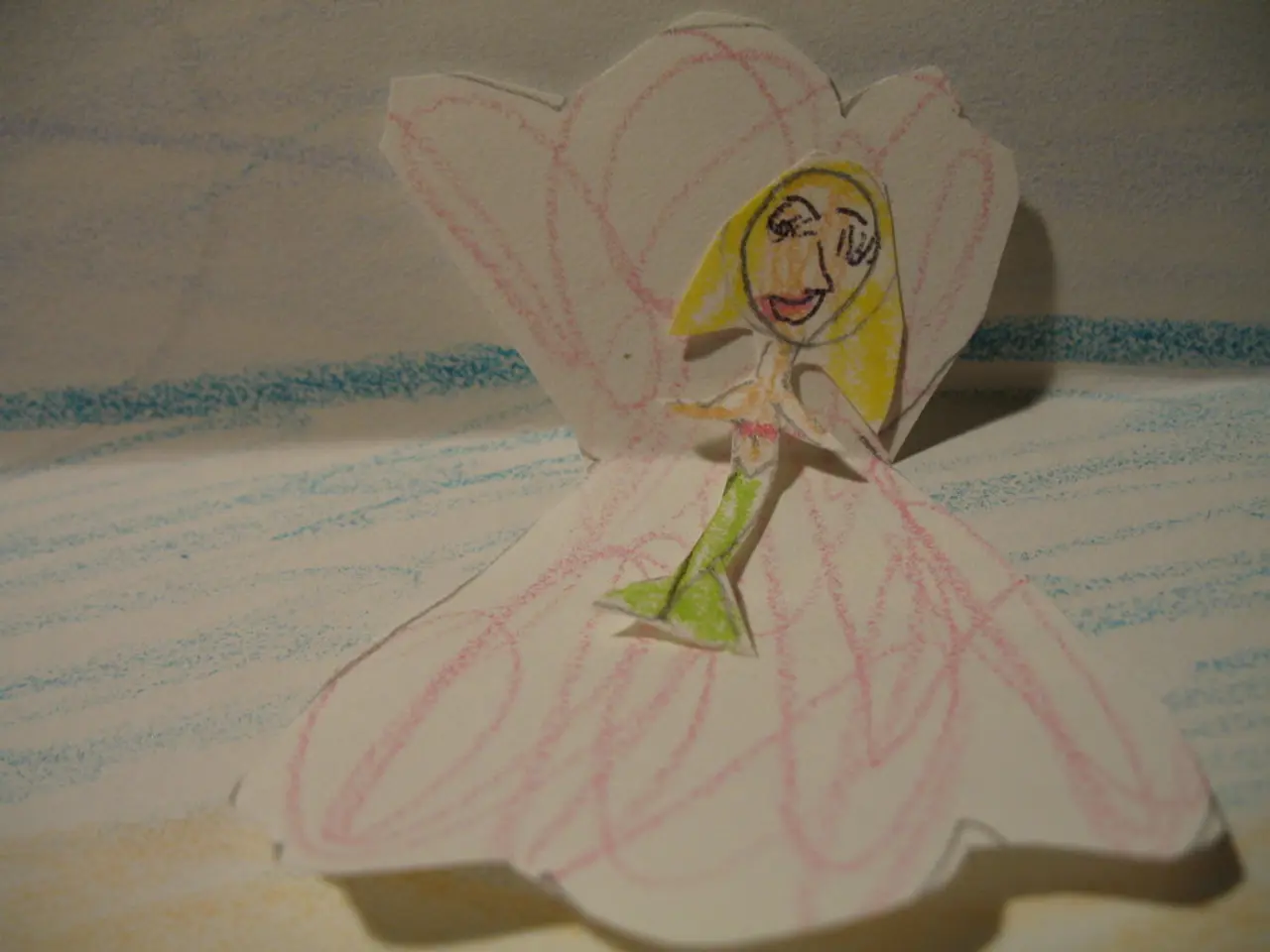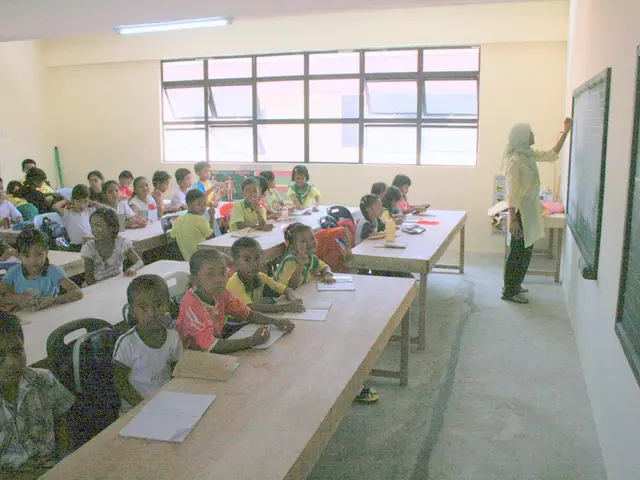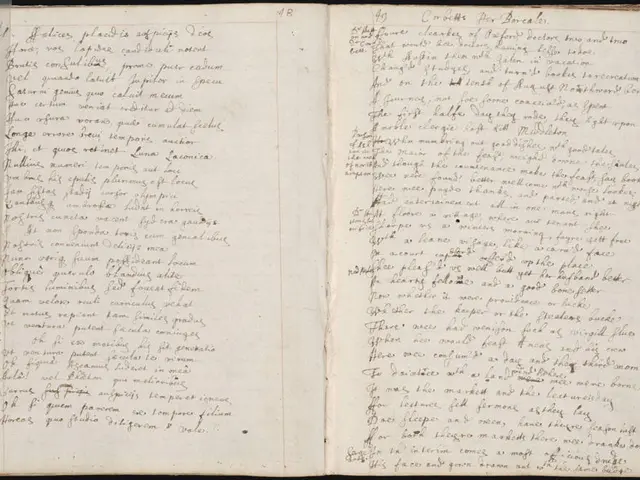"For those aiming to create comic art, consider enrolling in these ten writing and drawing courses"
In the world of comic creation, moving from doodling in the margins to building a polished portfolio can be a daunting task. However, with the right combination of writing and drawing classes, aspiring creators can take their skills to the next level.
One such option is research paper writers for hire, a platform that connects aspiring creators with structured guidance and resources to help sharpen their skills. These classroom settings offer a structured approach to learning, introducing tools, critiques, and exercises that strengthen pacing, visual composition, and dialogue that moves naturally.
Formal training matters for comic creators, as it provides a classroom setting or workshop that offers peer feedback. This mirrors the collaborative environment many professional comic artists work in when paired with editors or colorists.
Hybrid programs that combine writing and drawing instruction under one curriculum are labelled as "comic creation bootcamps" or "graphic storytelling intensives". These programs provide a comprehensive approach to comic creation, teaching relevant skills in various illustration techniques, visual design concepts, color theory, composition, and professional software usage.
World-building courses give you tools to create believable settings for your comic, and they help you manage continuity, which is crucial when you're producing multiple issues. Strong character design starts with anatomy basics, and figure drawing classes train you to depict movement, proportion, and gesture, which are key elements for action-packed comic panels.
Courses on backgrounds prevent flat-looking pages and bring your comic panels to life, requiring accurate perspective to feel immersive. Digital platforms dominate comic creation, and training in tools like Clip Studio Paint or Photoshop lets you add polish, experiment with brushes, and produce high-resolution pages ready for publication.
Comics require panel breakdowns, concise dialogue, and stage directions for the artist, and classes in scriptwriting for comics or screenplays teach you how to write in a format that pairs words with visuals. Consistent practice and letting a portfolio grow over time is key to developing a unique voice in comic creation.
Learning about rising action, character arcs, and narrative beats helps you keep readers invested in your comic narrative. Reading comics, joining critique groups, studying published scripts, and experimenting with zines transform class exercises into ongoing progress.
Choosing classes wisely based on goals can lead to networking opportunities for those with professional ambitions, or shorter, more flexible workshops for hobbyists. Whether the goal is to see a name on the cover of a graphic novel or to share stories online with a growing audience, the right education makes the path to becoming a comic creator less overwhelming.






